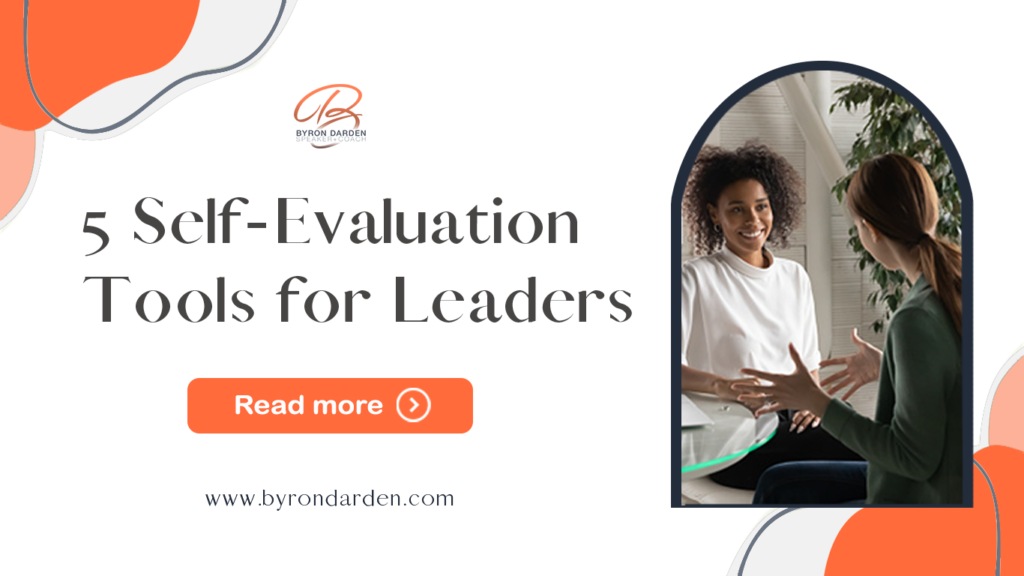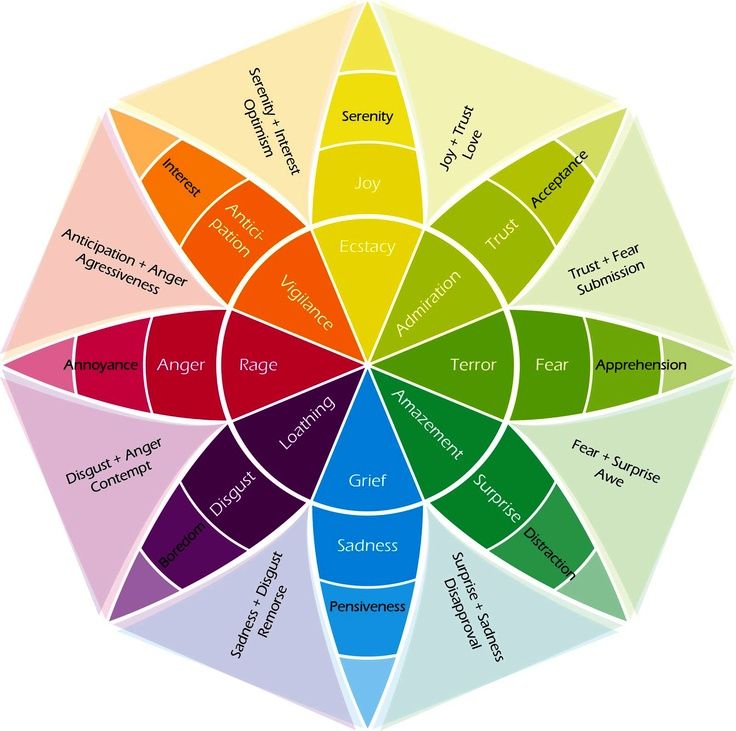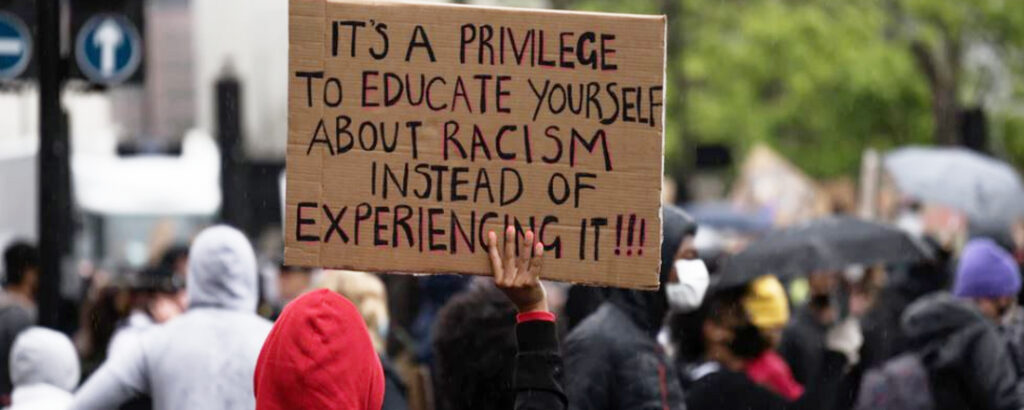
For the past twenty years, I’ve personally coached executives in some of the biggest global businesses. Throughout those years, I’ve seen the changes and challenges in the “no emotion” era of business. I’ve found that what separates great leaders from the rest is how they can read a situation and respond appropriately.
“great leadership works through the emotions…even if they get everything else just right, if leaders fail in this primal task of driving emotions in the right direction, nothing they do will work as well as it should or could.”
– Daniel Goleman, Richard Boyatzis, Annie McKee on Emotion Drives Expressiveness
As a leader, you can use emotions to your advantage by remembering some simple guidelines:
- Choose your words and respond wisely. Rather than using emotions to drive decisions, they can be an effective way to express the importance of the decisions to be made. You are missing half of the equation when decisions are made solely with emotion or with non at all. For example, in the heat of the moment, you lose your temper in a meeting. Once your words and actions are out in the open, there’s no taking it back.
- Look at the facts, discuss the situation with others, and ensure you lead with your heart and head, rather than raw emotions alone. Unmanaged emotions can cause the road to become foggy. They can cloud judgment and lead to ineffective decisions.
- Avoid carrying emotions from the rest of your life into your business decisions. Getting cut off in traffic on the way to work or getting your coffee with soured cream can affect the rest of your day. Find a place to calm yourself and approach work situations with a clear mind.
- Use your emotions to heighten your communication effectiveness and engage with empathy. Use intuition and listen to your heart. Keep an open mind and make decisions that align with your personal and organization’s values.
In the event you believe otherwise, then consider this. Why do you imagine so many generations of corporate employees have been told to “check your emotions at the door” unless emotions continued to show up despite the warning for all those generations?
Emotions can be threatening to some. They are uncomfortable and challenging to process. They can muddy the waters of the process. Avoiding emotions leads to other issues, including not being heard, fear of retribution, resentment, and shame.
The challenge is to strike a balance between how you are feeling and how you will productively articulate those feelings. Using emotional intelligence will help you recognize your feeling, understand why you feel the way you do, and allow you to reorient your thinking and actions to promote understanding.
Another important aspect of this is how a leader recognizes the emotions of their team members. From quiet types to more spirited members, leaders benefit from nurturing their responses in addition to how they disseminate information down the line. For example, a leader has a meeting with their next-line managers. Each manager is directed to take information to their team and, depending on how the managers feel about the information, they will determine how to communicate it to their team. A great leader will recognize the emotional blocks that might cause strife down the line.














